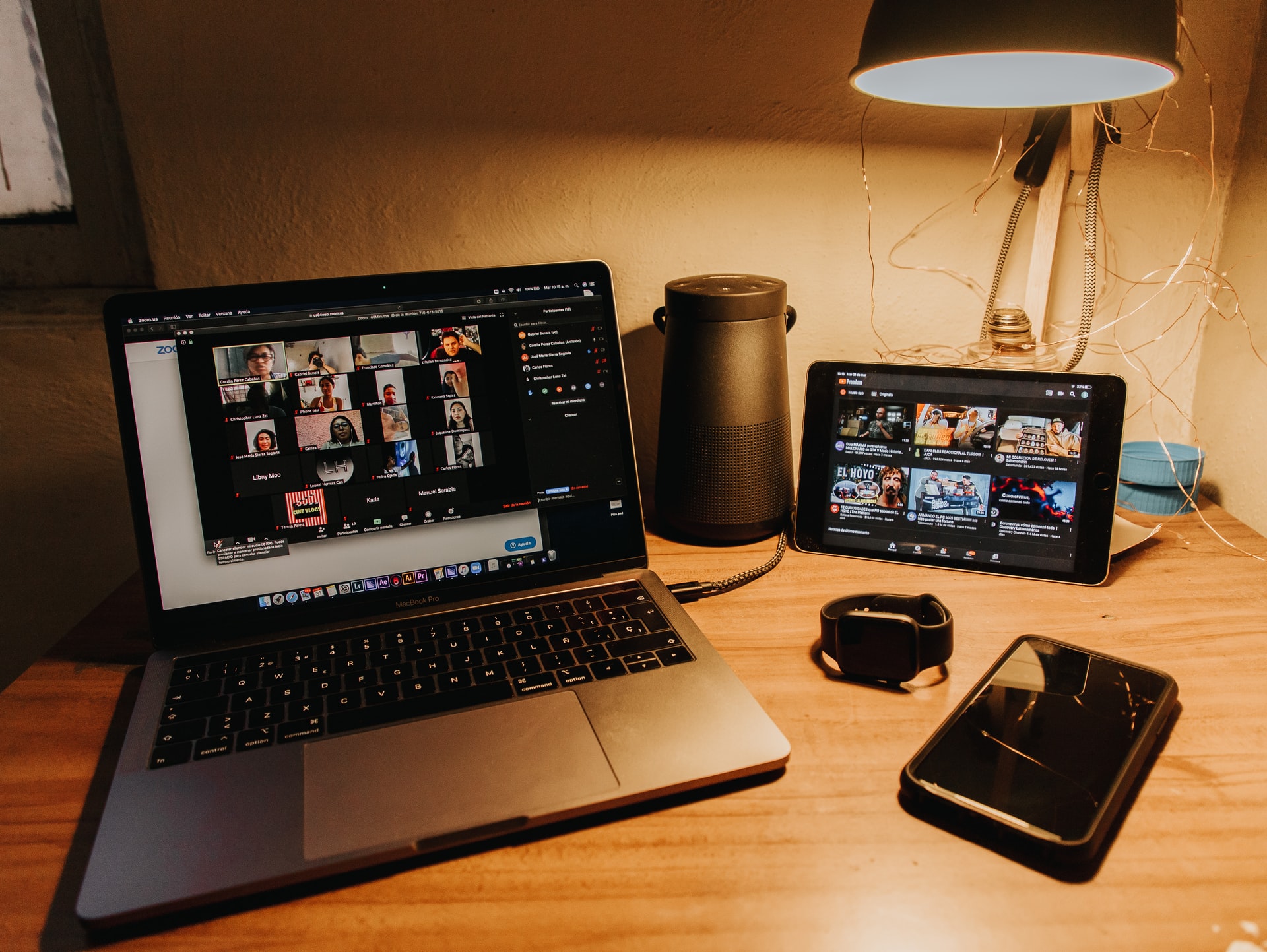|
Returning to Post-Secondary School The Impact of COVID-19  As we approach September and the start of another school year, things are looking very different for students in the midst of the COVID-19 pandemic. As students await the coming semester, it is clear it will be a year filled with uncertainties.
Despite all of the changes, post-secondary institutions across Canada are working hard to make the transition from high school to university or college as smooth as possible for their incoming students, whether they are on campus or at home. Each one has adapted to create platforms for students to meet online and get to know other students in their programs or residences, design virtual open houses and create webinars to help students to make the best course selections.
In regards to residence, most schools are not offering much but exceptions are being made so that international students and anyone with unsuitable living conditions can be housed within residence. Students with poor Wi-Fi, a stressful home life or a disability are among those who could qualify for a spot on-site. Knowing this, students who don’t qualify under exceptional circumstances or who are not able to secure one of the limited regular spots can make the decision to stay at home or rent a house through off-campus living.
For many first-year students, this new model for learning means they will not have the opportunity to experience post-secondary life in full for at least the first semester. It is anticipated that some students will choose to defer their application to fall 2021 and take a gap year. Students may take the year to gain work experience or work to obtain additional high-school credits.
With so much uncertainty surrounding the pandemic, including the threat of a second wave, planning for the year can be difficult for both students and administrators. However, despite the fact that the start to this school year will look very different from normal, students should remain optimistic about their learning and that they will be able to attend their post-secondary institutions in person come the winter semester!
***If you have any questions or concerns about this school year, please contact a POGO School and Work Transitions Counsellor for assistance and support.***
About the Author
My name is Emily Burtwistle and I am an 11 year brain tumour survivor. I am eighteen years old and I’ve just graduated from high school. At the age of seven I was diagnosed with a ganglioglioma. Since then, I’ve gone through multiple surgeries and two different protocols of chemotherapy as well. I received treatment at the Children’s Hospital in London, Ontario. There I received spectacular care which led to many years of stable scans since. Outside of school and hospital life, I’ve since become very interested in the arts, including choral music, painting, and even baking. In the summer I enjoy going to the beach and hiking, as well as helping my friend by selling ice cream out of her food truck. My current aspirations are to work towards the goal of becoming an elementary school teacher. I love interacting with kids and I have years of babysitting experience.
Emily Burtwistle
POGO eNews contributor |
|
|